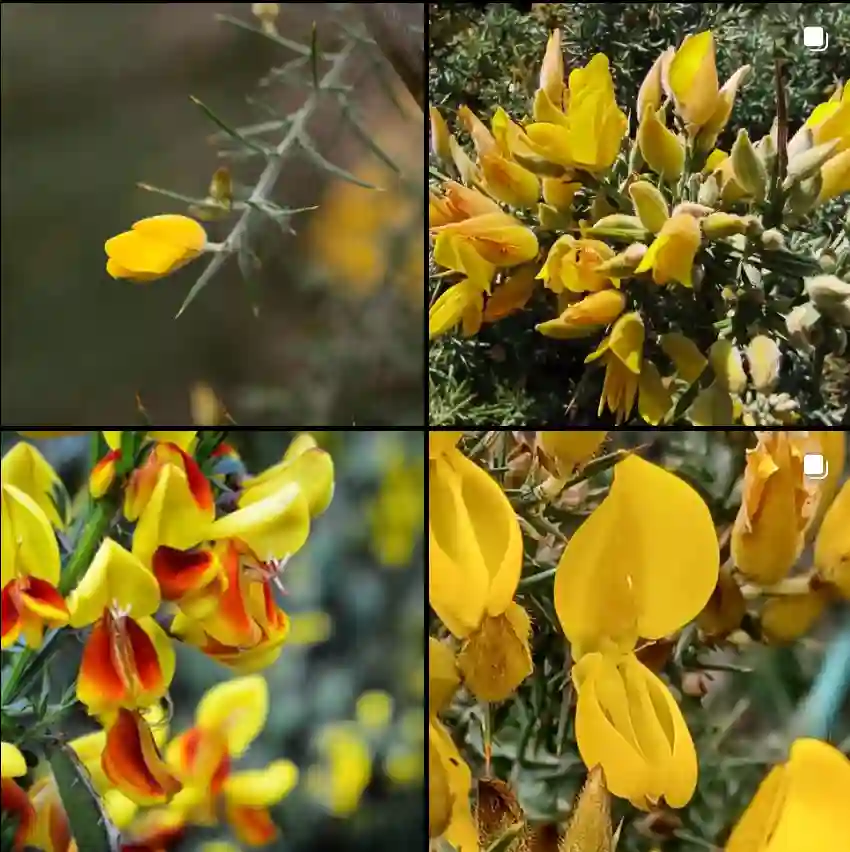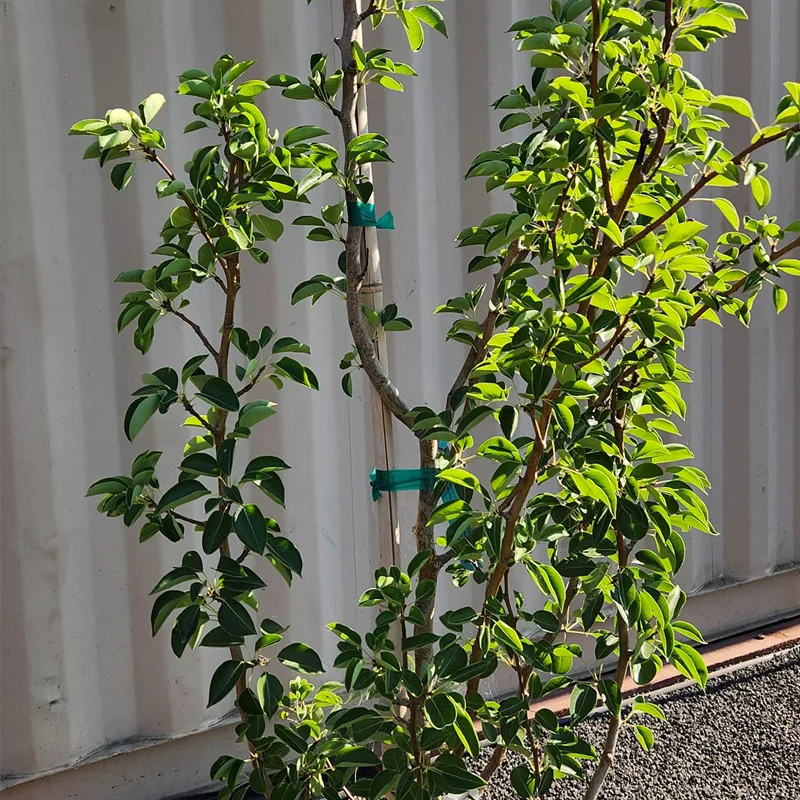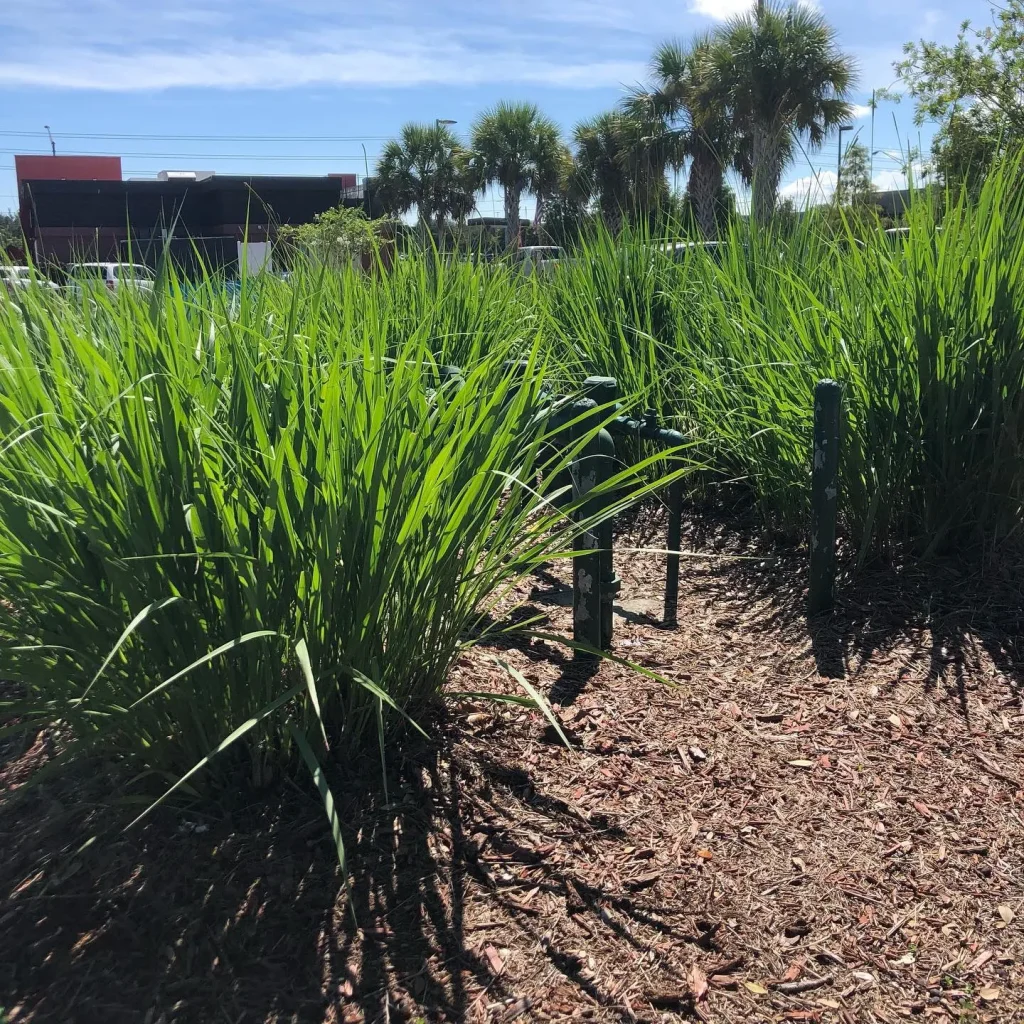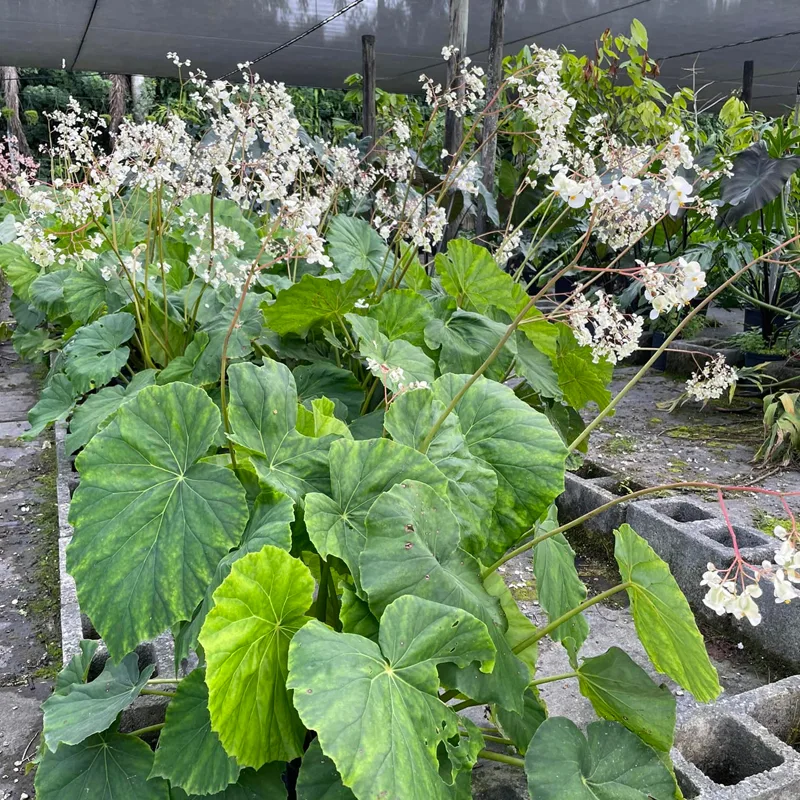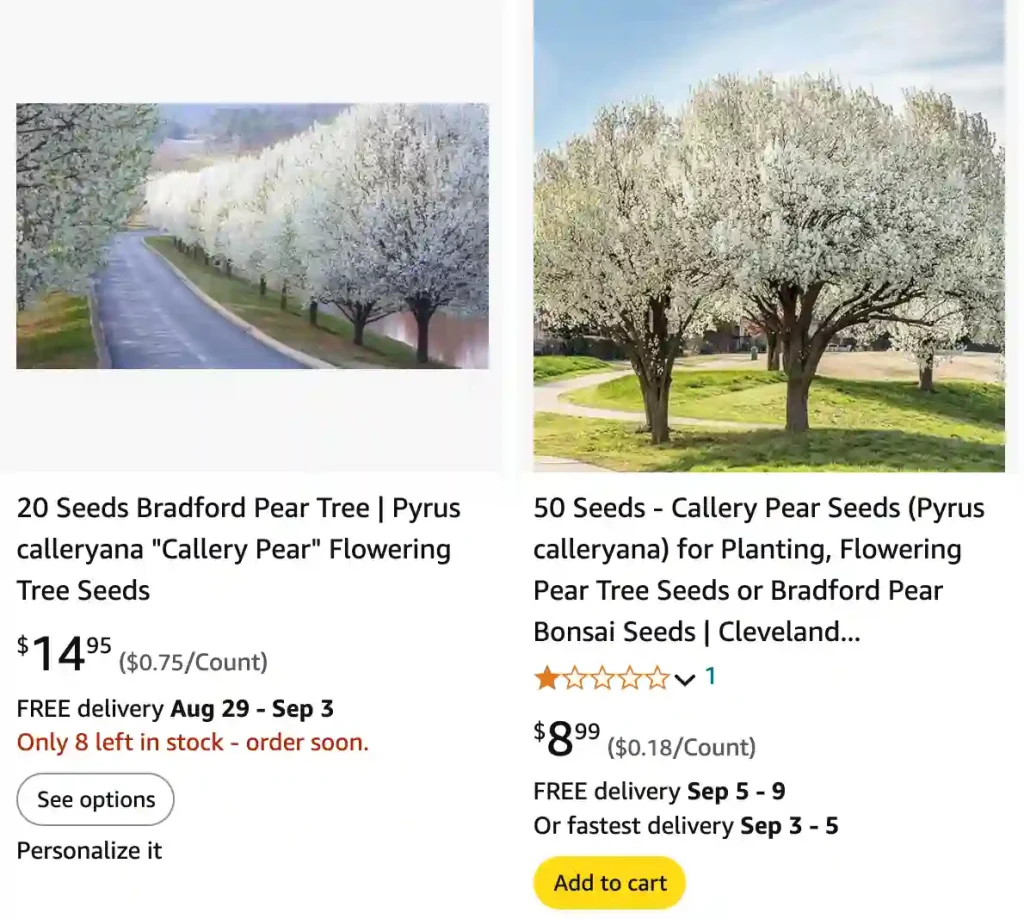
Frequently Asked Questions About Callery Pear
As a plant enthusiast, I’ve come across the Callery Pear tree quite often. While these trees are known for their beautiful spring blooms, they also raise a lot of questions. Let’s dive into some of the most frequently asked questions about Callery Pear trees, exploring everything from their edibility to their invasive nature.
80 Species in Genus Pyrus – Pears
Are Callery Pears Edible?
One of the first questions people ask about Callery Pears (Pyrus Calleryana) is whether they are edible. The short answer is no, Callery Pears are not considered edible. While they do produce small, hard fruits, these are not palatable for humans. The fruits are often described as gritty and unappealing, unlike the soft, sweet pears you might find in a grocery store.
Are Callery Pears Poisonous?
Another common concern is whether Callery Pears are poisonous. The fruits are not considered toxic to humans, but they are certainly not desirable to eat. For pets and wildlife, the small fruits are not highly toxic, but it’s best to avoid letting animals consume them, as they could cause mild stomach upset.
Do Callery Pear Trees Produce Fruit?
Yes, Callery Pear trees do produce fruit. These are small, brownish, and hard, typically appearing in late summer or early fall. The fruits are not the main attraction of the tree; it’s the white blossoms in the spring that catch people’s attention. Despite the attractive flowers, the fruit is generally considered a nuisance, especially in urban settings.
Why Are Callery Pear Trees Bad?
Callery Pear trees have developed a reputation for being problematic. One reason is their tendency to break and split. These trees often have weak branch structures, making them prone to damage in storms. Additionally, Callery Pear trees are invasive, spreading quickly and outcompeting native plants. This aggressive growth can disrupt local ecosystems, leading to decreased biodiversity.
Why Do Callery Pear Trees Smell?
Many people notice that Callery Pear trees emit a strong, unpleasant odor. The smell is often described as similar to rotting fish or even worse. This foul odor comes from compounds in the flowers, which are thought to attract certain types of pollinators. Unfortunately, while the blossoms look pretty, their smell can be quite off-putting.
Are Callery Pear Trees Invasive?
Yes, Callery Pear trees are considered invasive in many regions. Originally brought to the United States for ornamental use and erosion control, these trees have spread rapidly. They are known for their ability to thrive in various soil conditions, and their seeds are easily spread by birds. Once established, they can form dense thickets, crowding out native plants.
How to Get Rid of Callery Pear?
Getting rid of Callery Pear trees can be challenging due to their invasive nature. The best approach is to remove the trees before they mature and produce seeds. Cutting down the tree and then applying a herbicide to the stump can help prevent regrowth. For larger infestations, more extensive management, such as repeated mowing and herbicide application, may be necessary.
How to Identify Callery Pear?
Identifying a Callery Pear tree is relatively straightforward. These trees have a distinctive appearance, with glossy, dark green leaves that turn a bright red or orange in the fall. In the spring, they are covered in clusters of small, white flowers. The tree’s branching pattern is often dense and upright, with a rounded canopy.
Is Callery Pear the Same as Bradford Pear?
The Callery Pear and Bradford Pear are closely related, but they are not the same. The Bradford Pear is a cultivar of the Callery Pear, selected for its ornamental qualities. Bradford Pears were widely planted in urban areas due to their attractive shape and flowers. However, they share many of the same issues as Callery Pears, including weak branch structures and invasiveness.
What Does Callery Pear Smell Like?
The smell of Callery Pear is quite notorious. As mentioned earlier, the flowers emit an odor often compared to rotting fish. This smell is due to chemical compounds that are released to attract pollinators. While not all people find the scent offensive, it is a common complaint.
Callery Pear vs. Bradford Pear
When comparing Callery Pear to Bradford Pear, it’s important to note that Bradford Pear is simply a cultivar of the Callery species. Bradford Pears were initially popular for their resistance to fire blight and pleasing shape. However, over time, they have shown the same propensity for invasiveness and structural weakness as other Callery Pears.
Callery Pear vs. Dogwood
Comparing Callery Pear to Dogwood trees highlights some significant differences. Dogwoods are native to North America, offering beautiful spring flowers and vibrant fall foliage without the invasive tendencies. They also don’t have the unpleasant odor associated with Callery Pears. For those looking to plant a tree with similar visual appeal but without the negative traits, Dogwoods are a better option.
Callery Pear vs. Cleveland Pear
Cleveland Pear trees are another cultivar of the Callery Pear, bred to have a more upright growth habit. This makes them less likely to suffer from branch splitting than Bradford Pears. However, Cleveland Pears still share the invasive potential and other issues common to Callery Pear trees.
Callery Pear vs. Cherry Blossom
Cherry Blossom trees are often favored over Callery Pears for their aesthetic appeal and lack of odor. Unlike Callery Pears, Cherry Blossoms do not have an offensive smell and are not invasive. They offer a similar explosion of white or pink flowers in spring, making them a popular choice for ornamental planting.
Callery Pear vs. Crabapple
Crabapple trees are another alternative to Callery Pears. They provide beautiful flowers and fruit that can be used in jellies and other culinary applications. Unlike Callery Pears, Crabapples are not invasive, and their fruits are actually edible. They also don’t produce the unpleasant odor associated with Callery Pears.
Conclusion
Callery Pear trees are a complex topic. While they offer visual appeal with their springtime flowers, they come with a host of issues, including invasiveness, unpleasant odors, and structural weaknesses. When considering planting a tree for ornamental purposes, it’s crucial to weigh these factors and perhaps consider alternatives like Dogwood, Cherry Blossom, or Crabapple trees that provide similar beauty without the downsides.
If i die, water my plants!
